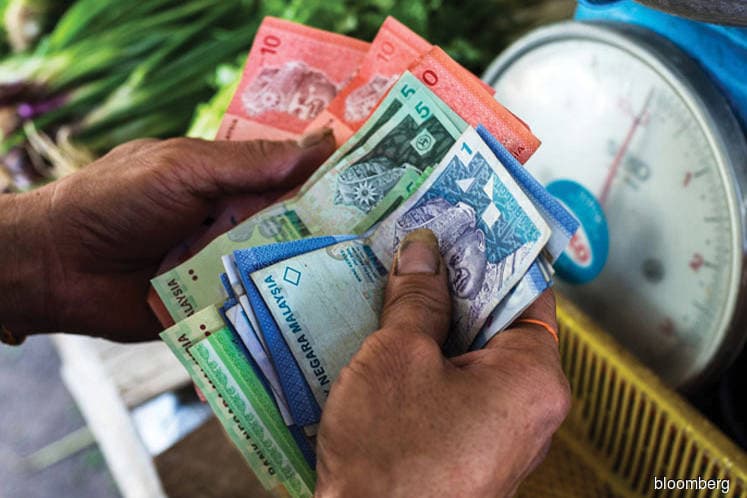
This article first appeared in The Edge Financial Daily on May 14, 2019
KUALA LUMPUR: There is little optimism that the ringgit, which slid to a four-month low of 4.1645 against the US dollar yesterday amid escalating trade tensions between the US and China, would rebound in the near term, according to economists contacted by The Edge Financial Daily.
This is also because concerns over the potential exclusion of Malaysia from the FTSE Russel’s World Government Bond Index have yet to be shaken off, while Bank Negara Malaysia’s decision to cut the overnight policy rate (OPR) has impacted the local note.
In the past one year, the ringgit has retreated 5.42% against the US dollar. But it is not the only currency that has fared less favourably against the greenback. The South Korean won, for one, has fallen by 11.19% in the same period, while the yuan is down 8.48%, and the Australian dollar has declined 8.11%.
UOB Research senior economist Julia Goh said the ringgit’s weakness is due to the strength of the greenback, as well as the cautious sentiment that prevails due to escalating US-China trade tensions.
“The renminbi leads the retreat in Asian currencies, which in turn leads to the pullback in other emerging market currencies,” said Goh.
And given the global risk-off sentiment, it will be challenging for emerging market currencies to make up for lost ground, she added.
FXTM market analyst Han Tan, meanwhile, pointed to the MSCI Emerging Markets Currency Index — of which Malaysia is a part — which fell 0.5% against the US dollar in May. Similarly, he thinks “any meaningful rebound for emerging markets will be harder to come by, given the resilience of the greenback.”
Still, he noted that the ringgit’s 0.14% slide against the US dollar yesterday was less when compared to the yuan’s 0.74% fall on the same day, as well as the rupiah (down 0.67%) and the Singapore dollar’s (down 0.48%) declines.
Besides the US-China trade war, MIDF Research head of research Mohd Redza Abdul Rahman also pointed to the 25-basis-point OPR cut by the central bank, which tends to lead to a slight weakening of the ringgit.
“And if you look at the bond market, I don’t think the market has been able to shake off the possible downgrade of our bonds from Category 1 to Category 2 [in the FTSE Russel’s index],” said Redza.
However, he could not say whether the ringgit will continue to weaken, due to various factors at play. In a note on May 8, MIDF Research has forecast that the ringgit will end the year at around 4.10 against the US dollar, with the exchange rate to average around 4.15 for the year.
RHB Research economist Vincent Loo, who said the local note has been battered by “a flurry of factors hitting us (Malaysia) one by one”, is of the opinion that the ringgit could continue to weaken in the near term. But the country’s strong economic fundamentals will prevent long-term weakness.
Morgan Stanley Research, meanwhile, has recommended foreign exchange traders to go long in the US dollar-ringgit, as it forecasts the ringgit will be weaker against the greenback compared with current levels for the rest of 2019.
In its Global Strategy Mid-Year Outlook report, Morgan Stanley underlined that the ringgit will average at 4.20 against the greenback in the second quarter of 2019 (2Q19).
It is expected to drift further to 4.22 in 3Q19, before regaining some strength in 4Q19 — again at an estimated 4.20 average. It then expects the ringgit to gradually strengthen next year, with quarterly forecasts of 4.18, 4.17, 4.16 and 4.15 against the greenback.